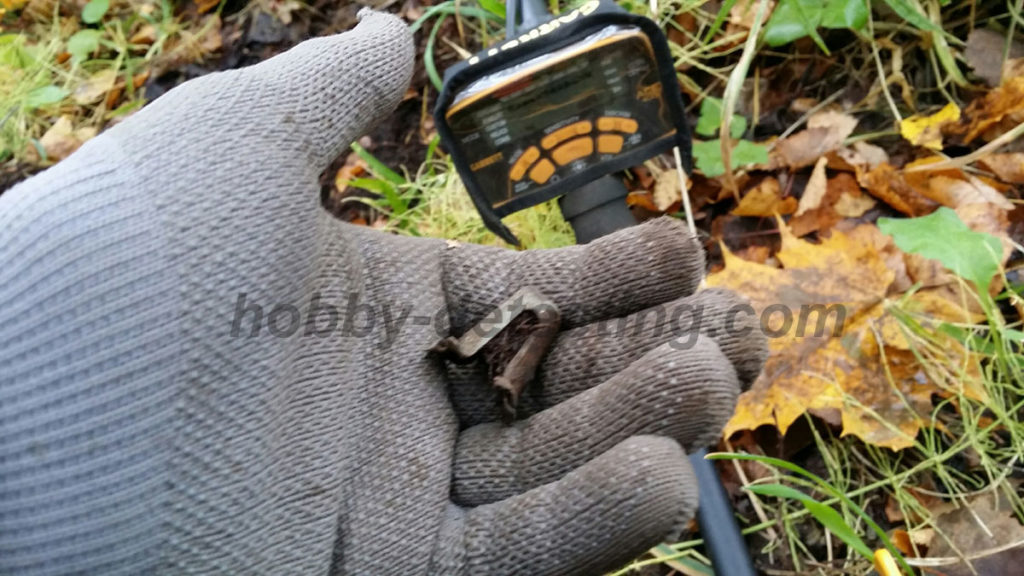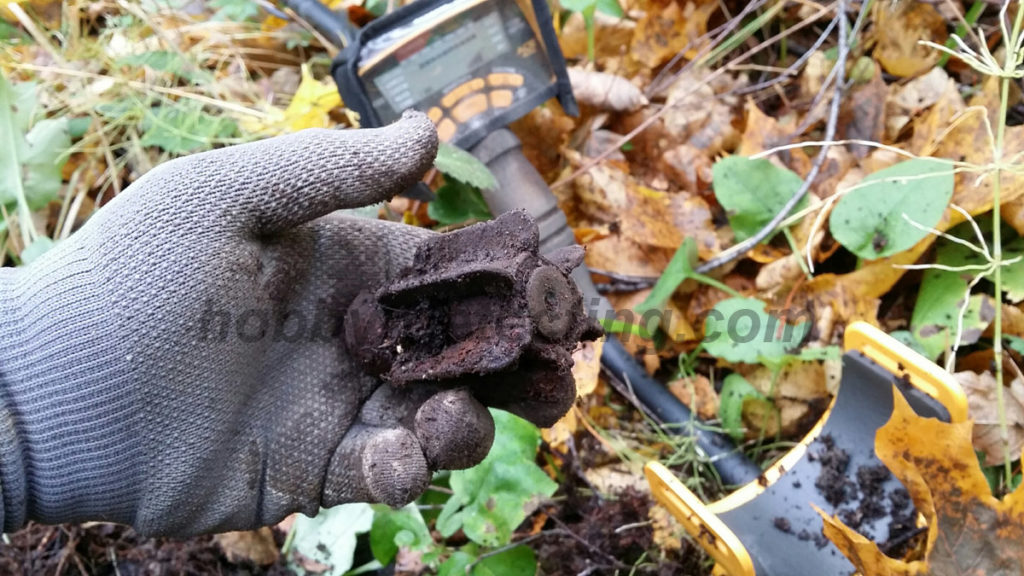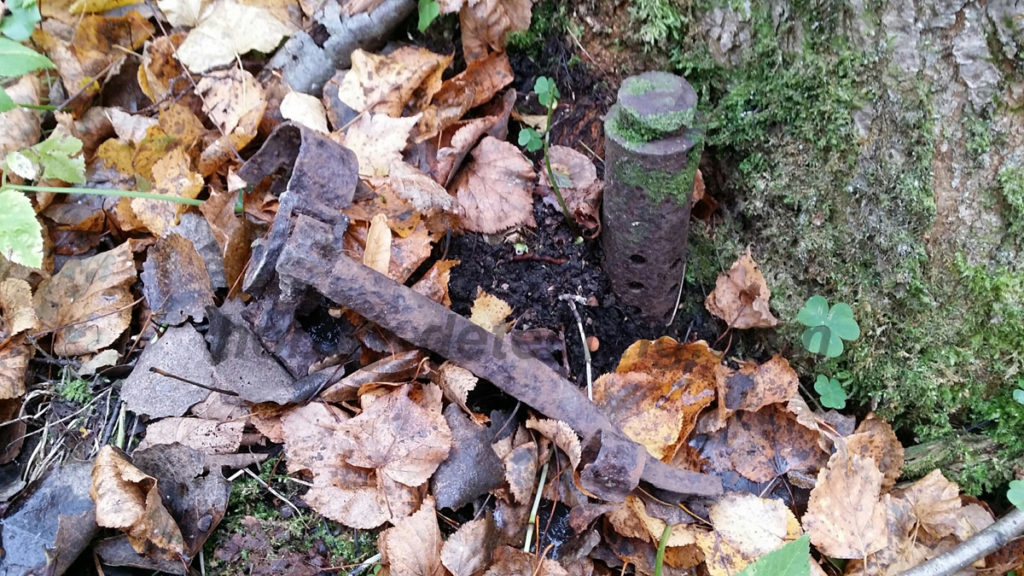Autumn war cop with Garrett ACE 400i
The other day I went to a cop in the 1944 war. Over several months of continuous fighting, the forest was dug up far and wide with shells, bombs and sapper blades. Here the forest is wet, it was possible to hold on only on high-rise buildings, for which they fought especially stubbornly.
I took a Garret ACE 400i with a stock coil, set the mode to «relic» and a feeling on without two sticks. Everything is ringing all around, but I only dig for strong signals, and this of course is good color or thick ferrous metal. Among the frequent finds are «belts» shells, fragments of aluminum tsunderas, the entire turf is littered with cartridges — For half a kilometer there is a continuous line of German defense, the famous «Tannenberg». Ours stormed it with varying degrees of success, the losses were huge.
A cap from the Soviet Kaveshnikov fuse for hand grenades. The vertical slot is clearly visible — rare option. The edges are curled with an explosion. There are bakelite plugs lying around. The soldiers unscrewed them from the F-1, screwed in the fuse, and prepared for the attack…

The German defense line runs along the clearing, or rather in front of it. The clearing is still in the same place. Not long ago, it was once again cleared with tractors, with piles of clay piled on the sides. In one of these heaps I found a healthy iron howitzer casing. Caliber 105 or 150 mm, definitely no less. The markings are indistinguishable due to the rye.

I jumped over the clearing and found myself on a high-rise. This is the standard German height. The Germans called it Schwerpunkt, i.e. «strong point». That’s what he was. In the center there is a large dugout, all around there are full-length trenches with communication passages leading to machine-gun points. This position had a perimeter defense — a bone in the throat of our advancing units. There are plenty of places like this here.
In the photo, the tail of a company mortar mine is neatly torn off, as if turned away. In Soviet units in 1944, small-caliber company mortars (50 mm) were used at that time more often than the Germans. With skillful shooting — This is an excellent weapon for smoking out the enemy from closed positions.

I walked forward through the German positions. I came across a gas mask. This is a late example — rubber. They began to be produced in 1942. Number «3» on the forehead indicates the smallest gas mask size of the three existing ones.

Literally three meters away there are already traces of the Soviet infantry that broke through here — mangled bipods from Degtyarev’s light machine gun next to the tail of a mine embedded in the root of a tree. A typical picture for a military forest.

I walked through broken places, so «Schmeisserov» I didn’t dig for iron crosses, not today. I’ll end my short photo report of pictures of the autumn forest with an egg shell like this — aka the German hand grenade Eihandgranate 1939. The photo shows its deformed fragment. The grenade is weak, but in close combat it is quite capable of causing trouble.

An interesting cop on the war? Read more!
